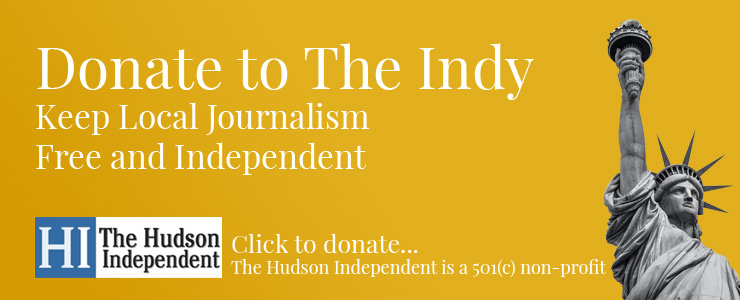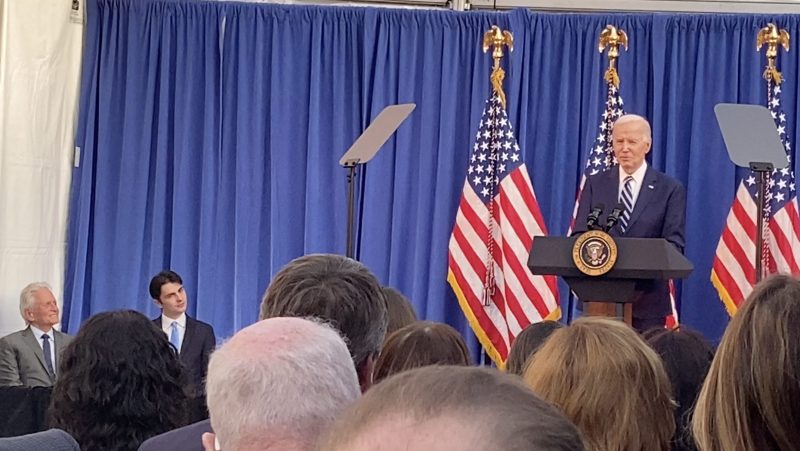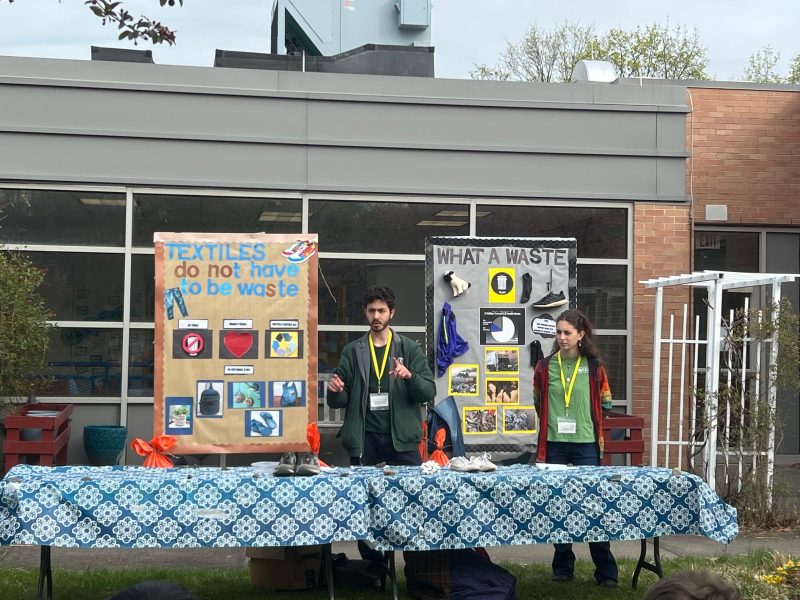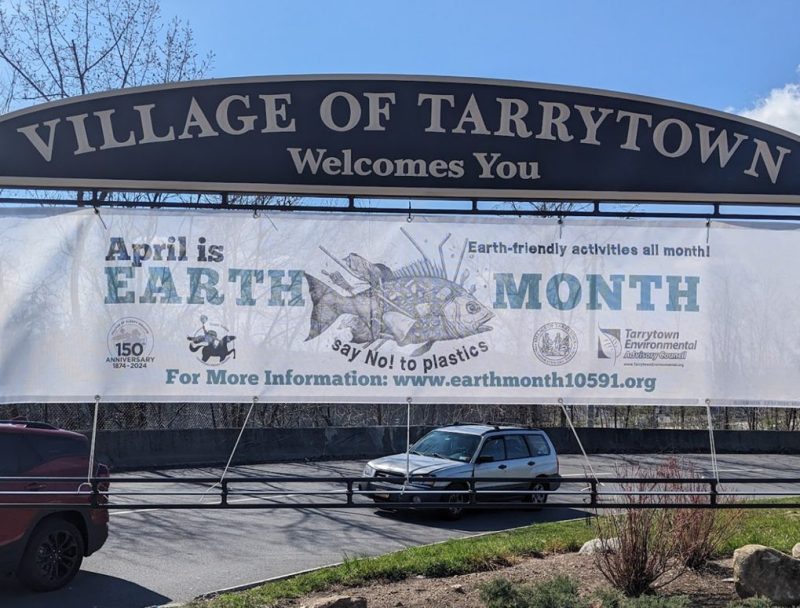To Say the Name is to Begin to Tell the Story: Future Leaders Explore the Past

by Krista Madsen

The year was 1750 and the New York estate of Adolphe Philipse – whose land once stretched along the Hudson from the Bronx to Croton – was up for auction. First listed on the 55-page inventory were 23 men, women and children, followed by everything from livestock to cutlery. Seeing the names of those once enslaved at Philipsburg Manor in Sleepy Hollow, who then faced being sold off and separated from their families, really resonated with the nine teenage girls recently visiting the historic plantation through Irvington’s Eileen Fisher Leadership Institute.
The group of 15 to 19-year-olds were already deep into the EFLI two-week enrichment curriculum that started with an exercise called “to say the name is to begin tell the story,” had them milking cows on a biodynamic farm, and discussing systems of oppression. At Philipsburg Manor, these ideas and experiences came together as the young women were able to really put themselves in the shoes of the oppressed and see the work once surrounding the milking of cows. The enslaved women of Philipsburg Manor (five were listed in 1750), would have tended to the creamery, the dark, low-ceilinged claustrophobic room on the ground floor of the original building, where they churned milk into butter for hours on end, six days a week.
“I couldn’t breathe,” said Catalina Restrepo, EFLI co-facilitator, describing the feeling of not just the room itself but the idea of what went on there. Women at work who had no volition over their own lives, who were not paid, who were not free. People as property.
“I felt the walls coming in,” said 15-year-old attendee Paula Torres.
The rainy-day tour led to the mill, where a few volunteers tried to rotate the heavy grinding stone that gave them a sense of what it took to produce the weekly output of 30,000 pounds of flour. Then the attendees returned to the luxury of air conditioning and lunch in the greenhouse at the visitors’ center where the education staff of Historic Hudson Valley (HHV) introduced them to a mini-version of a program they have been bringing to students in New York City public schools for the last two years.
Through Runaway Art, students read and analyze real runaway slave advertisements published in area newspapers in colonial times. Using these primary documents as a starting off point, the students are guided in creating portraits of individuals otherwise unknown to history. The runaway ads offer rare, if skewed, details on the enslaved: a name, facial markings, complexion, clothes, language spoken; in one ad the woman on the run is pregnant, in another the man has an iron collar around his neck. The ads also offer a window into perspective.
“History is written by the victors,” said Michael Lord, HHV Associate Director of Content. “You only get the owner’s side of the story. Here at Philipsburg Manor we’re trying to turn the tables.” He had the young women picture watching their brother or sister get sold on the auction block. “Or imagine it was you being sold away from your family. That’s what it means to be enslaved. You should feel lousy at this point.”
These attendees clearly took these lessons of empathy and perspective to heart on their missions to be positive change-agents in the world. They also learned that even in the terrible story of American slavery there could be some hope and empowerment – there was resistance, there were runaways. And now they were able to rehumanize the enslaved with their own art and words.
The enslaved “were the power” that ran this place, fueling the wealth of early New York, said HHV Associate Director of Education, Margaret Hughes.
“Slavery is still a thing,” said Torres. “I’ve been a part of many protests. People of different races are being paid less. There is still something like slavery, we just don’t call it that.”
The young women practice a “community agreement,” borrowing a code of conduct that informs the business model of the Eileen Fisher fashion company itself. They prove themselves to be a very thoughtful and civil group as they honor speaking from the heart, being present mentally and physically, being good listeners. When something resonates, the teenagers respond by snapping their fingers. As the attendees shared their portraits and deep responses to these enslaved individuals, there was often a flurry of snapping.
“They’re starting a social movement,” said EFLI co-facilitator Coszana Bullen. “They are very much in the space of big ideas but then they have to figure out what exactly is the next step.” Connecting to the past and to each other is a major part of that.
“People were seen as property and I’ve been seen as property as a woman,” said Liz Aubin, 17. The others snap.
Aubin proudly penned “Nell,” the name of the enslaved woman in her ad on her hand.
To find out more about the Eileen Fisher Leadership Institute based in Irvington, call 914-487-3354.
 Print
Print
























